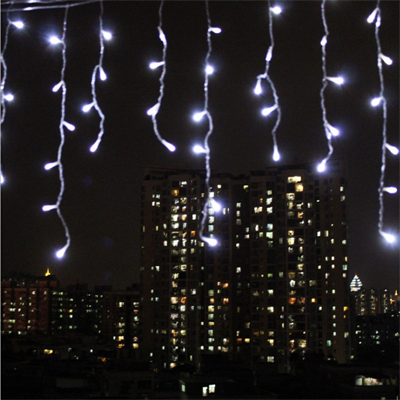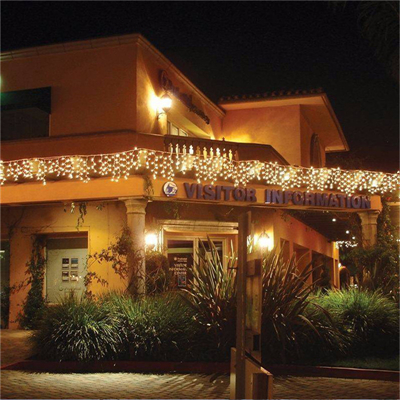Why are LED lights more “cleaner”?
LEDs can be divided into ordinary monochromatic light-emitting diodes, high-brightness light-emitting diodes, ultra-high-brightness light-emitting diodes, color-changing light-emitting diodes, flashing light-emitting diodes, voltage-controlled light-emitting diodes, infrared light-emitting diodes, and negative resistance light-emitting diodes.
Compared with other light sources, LED lights are more “clean”. The so-called “clean” does not refer to the clean surface and interior of the lamp, but the lamp is a cold light source, does not generate too much heat, and does not attract those insects that love light and heat. Especially in summer, there will be a lot of bugs in the countryside.
Some insects love heat by nature. Incandescent lamps and energy-saving lamps will generate heat after a period of use. This heat happens to be liked by insects, and it is easy to attract insects. This will undoubtedly bring a lot of pollutants to the surface of the lamp, and the excrement of insects will make the room very dirty. However, the LED lamp is a cold light source and will not attract insects. In this way, insect excrement will not be produced. Therefore, LED lights are more “clean”.
LED lights have an outstanding feature, that is, the response speed is relatively fast. As soon as the power is turned on, the LED light will light up immediately. Compared with the energy-saving lamps we usually use, the response speed is faster. When the traditional light bulb is turned on, it often takes a long time to illuminate the room, and it can only light up after the light bulb has completely heated up.
























